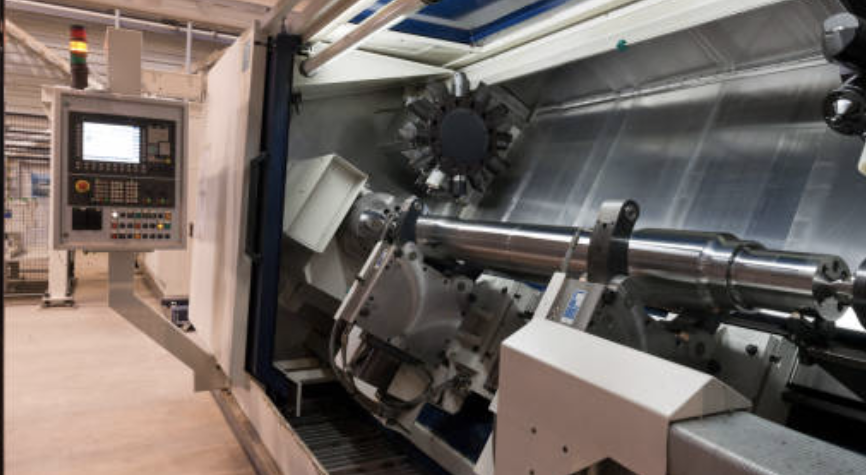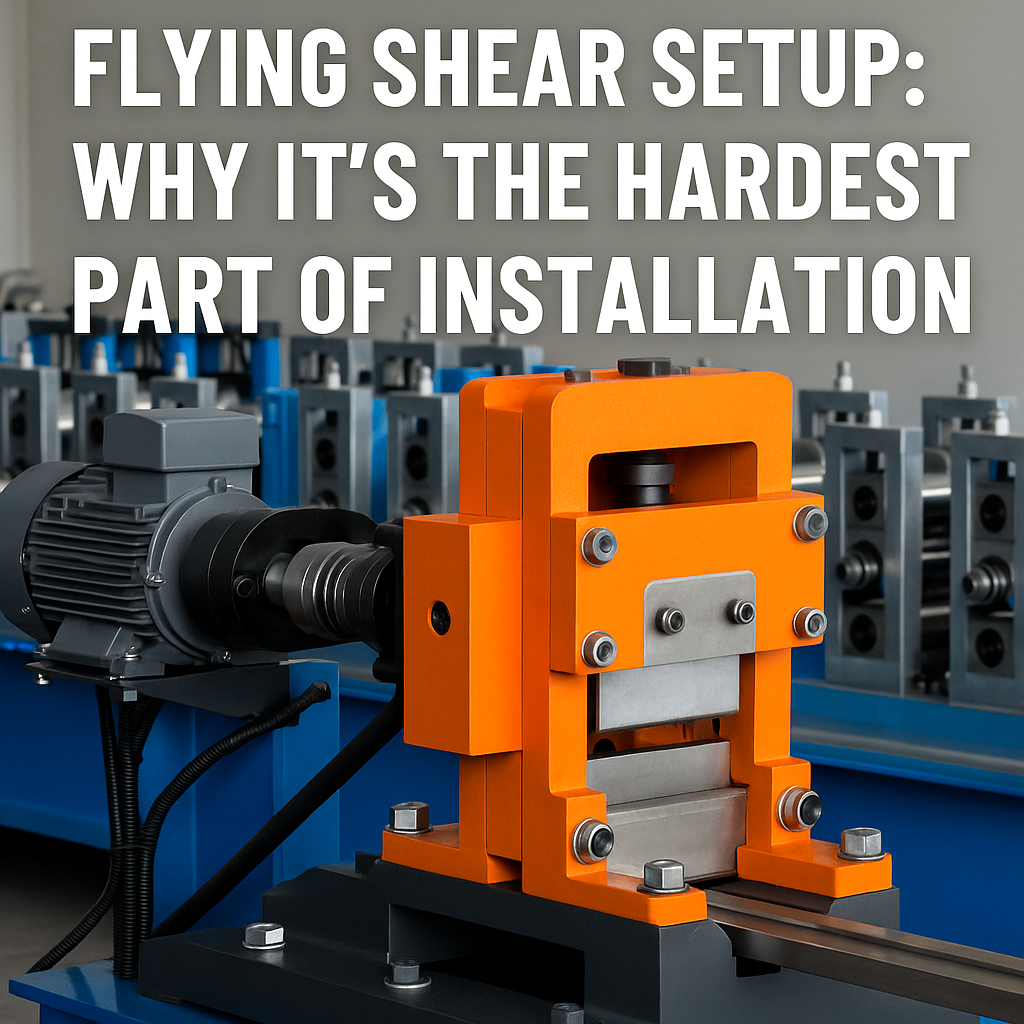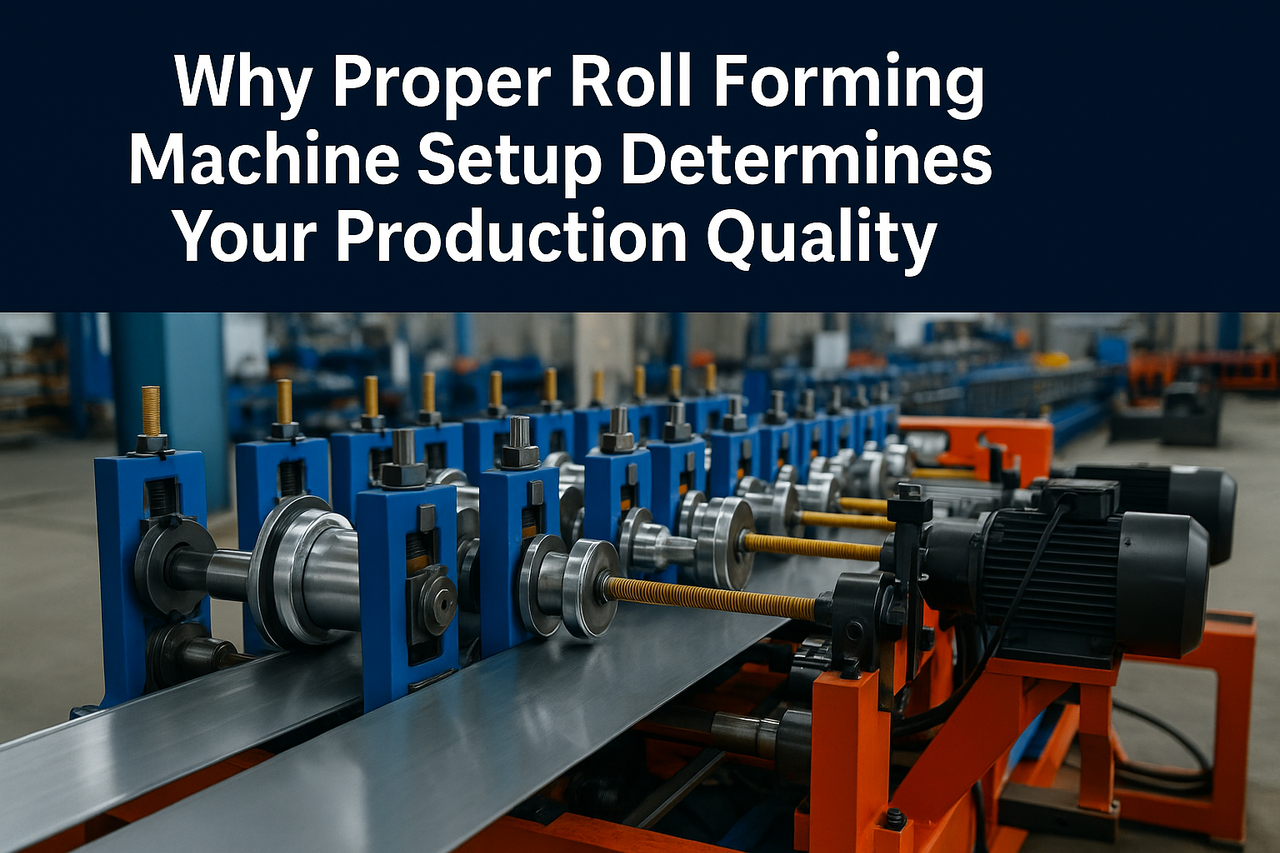
Posted on Tuesday, July 9, 2024
The metal fabrication industry in South Africa has undergone significant transformation over the years. From traditional methods to the integration of advanced technologies, the sector is a critical contributor to the country’s industrial and economic development.
Metal fabrication is the process of cutting, bending, assembling, and molding metal to create structures, machines, and parts. It encompasses various industries, including construction, automotive, energy, and aerospace. In South Africa, metal fabrication plays a vital role in infrastructure development and industrial growth.
Historically, South African metal fabrication relied heavily on manual processes and rudimentary tools. Blacksmithing was one of the earliest forms of metalworking, focusing on agricultural tools, weapons, and basic construction materials.
With industrialization in the mid-20th century, South Africa saw the introduction of mechanized equipment. Rolling mills, press brakes, and basic welding machines became common, improving efficiency and production capacity.
The post-apartheid era brought increased globalization, which allowed South African manufacturers to adopt international standards and technologies. Investments in CNC (Computer Numerical Control) machines, plasma cutters, and robotic welders marked a turning point in the industry.
Automation is redefining metal fabrication by enhancing precision and reducing production times. Robotic welders and automated assembly lines are increasingly used in industries like automotive manufacturing and infrastructure projects.
South Africa is embracing Industry 4.0, which integrates IoT (Internet of Things), AI (Artificial Intelligence), and big data into manufacturing. Digital twins, for example, allow fabricators to simulate and optimize production processes before physical execution.
Environmental concerns are driving the adoption of eco-friendly practices. South African manufacturers are exploring ways to minimize waste through recycling scrap metal and using energy-efficient machinery.
The use of advanced materials, such as high-strength steel and aluminum alloys, is on the rise. These materials improve durability and reduce weight, especially in transportation and renewable energy projects.
Metal 3D printing is gaining traction as a cost-effective solution for producing complex geometries and prototypes. This innovation is particularly beneficial for small-scale projects and custom applications.
Laser technology has revolutionized cutting and welding processes in South Africa. It provides high precision, faster speeds, and reduced material wastage compared to traditional methods.
Additive manufacturing is increasingly used for creating intricate components for industries like aerospace and medical devices. This technique complements traditional methods by enabling rapid prototyping.
CNC technology allows fabricators to produce complex shapes with high accuracy. South Africa’s adoption of CNC machinery has improved productivity and expanded the range of products manufactured locally.
The metal fabrication industry significantly contributes to South Africa's GDP. It supports key sectors such as:
Automation increases efficiency, reduces human error, and improves safety in manufacturing environments.
Industry 4.0 refers to the integration of smart technologies, such as IoT and AI, into manufacturing to optimize processes and enhance productivity.
The industry is adopting practices like recycling, energy-efficient machinery, and using eco-friendly materials to minimize its environmental footprint.
Challenges include skills shortages, high energy costs, and competition from international markets.
Q: How has laser cutting improved the fabrication process?
A: Laser cutting offers unmatched precision, faster production times, and reduced material wastage, making it a preferred choice for modern fabricators.
Q: What is the future of metal fabrication in South Africa?
A: The future lies in greater adoption of automation, advanced materials, and sustainable practices. Industry 4.0 will play a pivotal role in driving innovation and competitiveness.
The metal fabrication industry in South Africa has come a long way from its humble beginnings to its current status as a technologically advanced sector. With trends like automation, sustainability, and digital fabrication shaping its trajectory, the industry is poised for continued growth. By adopting innovations and addressing challenges, South Africa can strengthen its position in the global market.
As the industry evolves, it will remain a cornerstone of the nation’s economic development, supporting infrastructure, manufacturing, and renewable energy projects.

Flying Shear Setup: Why It’s the Hardest Part of Roll Forming Machine Installation
Posted on Monday, November 24, 2025
If you want a header image, meta description, or series continuation, just tell me.

Why Proper Roll Forming Machine Setup Determines Your Production Quality
Posted on Monday, November 24, 2025
The #1 factor that decides accuracy, scrap rate, speed, and consistency.

Compliance & Safety Services for Roll Forming Machines — Full Guide
Posted on Sunday, November 23, 2025
How Machine Matcher keeps your machines safe, legal, and fully compliant with CE, UL, and UKCA standards.

Machine Health Monitoring for Roll Forming Machines — Complete Diagnostic Service Guide
Posted on Sunday, November 23, 2025
Continuous diagnostics that prevent breakdowns, reduce downtime, and extend machine life.
Copyright 2025 © Machine Matcher.